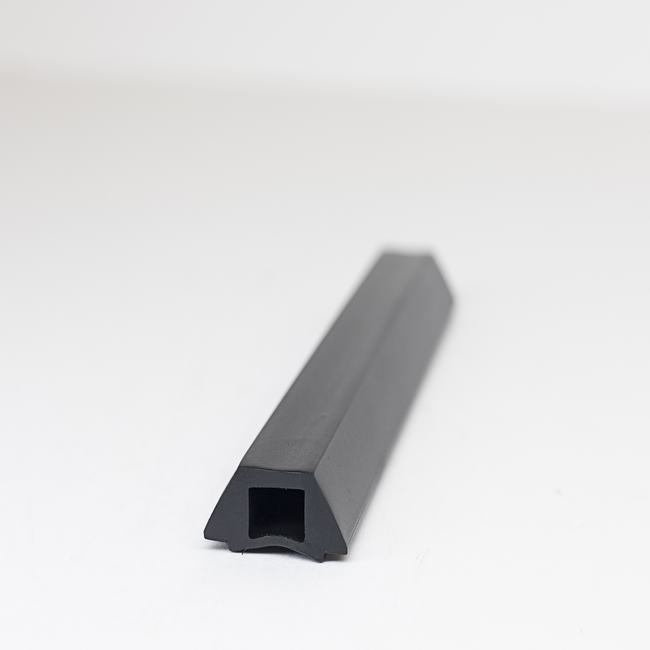GRP pipe seals, also known as Glass Reinforced Plastic pipe seals, play a crucial role in ensuring the integrity and longevity of Glass Reinforced Plastic (GRP) pipe systems. These seals are specifically designed to provide effective and long-lasting watertight and airtight connections in GRP pipelines, which are widely used in various industries, including water and wastewater management, chemical processing, oil and gas, and more. A comprehensive description of GRP pipe seals involves various aspects:
1. Material Composition:
- GRP pipe seals are typically made from a combination of materials, including reinforced glass fibers and a thermosetting resin matrix, such as epoxy or polyester. This composite material provides high strength, corrosion resistance, and durability.
2. Sealing Function:
- The primary function of GRP pipe seals is to create a watertight and airtight seal between adjoining GRP pipes or pipe components. This seal is essential to prevent leaks, protect the environment, and maintain the efficiency of fluid transport.
3. Custom Design:
- GRP pipe seals come in various sizes and designs to accommodate different pipe diameters and configurations. Some seals are designed for specific pipe joint types, such as bell and spigot joints, flanged connections, or mechanical couplings.
4. Corrosion Resistance:
- GRP pipe seals are highly resistant to corrosion, making them suitable for use in aggressive environments where traditional metallic seals might deteriorate over time. They are particularly useful in wastewater treatment plants and chemical processing facilities.
5. Temperature and Pressure Resistance:
- These seals are engineered to withstand a wide range of temperatures and pressures, making them suitable for both low and high-pressure GRP pipe systems. They maintain their sealing integrity across various operating conditions.
6. Longevity and Durability:
- GRP pipe seals are known for their long service life and durability. They resist degradation from exposure to UV radiation, chemicals, and environmental factors, contributing to the extended lifespan of GRP pipe networks.
7. Installation Process:
- Installing GRP pipe seals typically involves cleaning and preparing the pipe joint surfaces, applying a suitable sealant or adhesive, and properly positioning the seal within the joint. The sealant cures and forms a strong bond with the GRP pipes, ensuring a secure and reliable connection.
8. Maintenance:
- GRP pipe seals generally require minimal maintenance over their lifespan. Regular inspections may be necessary to check for signs of wear or damage and to ensure that the seals continue to perform effectively.
9. Environmental Considerations:
- GRP pipe seals contribute to environmental sustainability by preventing leaks and protecting the surrounding ecosystem from contamination. This is especially critical in industries where fluid transport involves hazardous materials.
10. Compliance with Standards: – GRP pipe seals must adhere to industry-specific standards and regulations to ensure their reliability and performance. Compliance with these standards is essential for quality assurance.
In summary, GRP pipe seals are integral components of GRP pipe systems, providing essential sealing solutions for a wide range of industrial applications. Their resistance to corrosion, durability, and versatility make them indispensable for maintaining the functionality and environmental safety of GRP pipe networks. Proper selection, installation, and maintenance of these seals are vital for ensuring the long-term performance and integrity of GRP pipe systems.

